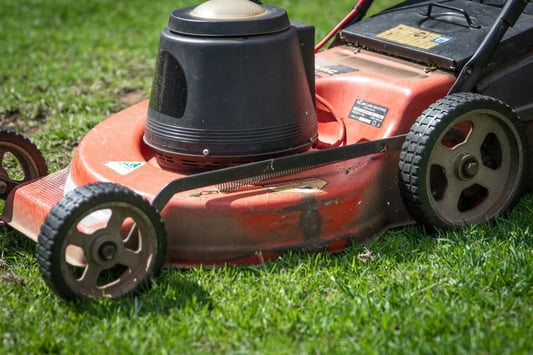Why shoe inspection is Essential for Foot HealthRegular shoe inspection is crucial for maintaining proper foot health and preventing potential health issues. By checking your shoes regularly, you can ensure they provide adequate support and comfort, reducing the risk of foot pain and injuries.Signs of Wear and TearOne of the key reasons to inspect your shoes regularly is to look for signs of wear and tear. This can include worn-out soles, loose stitching, or damaged cushioning, which can all contribute to discomfort and foot problems.Proper Fit for Optimal SupportEnsuring your shoes fit properly is essential for optimal support and comfort. By inspecting your shoes, you can make sure they still fit well and provide the necessary support for your feet, which is crucial for preventing issues like plantar fasciitis or shin splints.Prevention of Foot OdorRegular shoe inspection can also help prevent foot odor by identifying any signs of bacterial growth or moisture buildup inside the shoes. By keeping your shoes clean and dry, you can reduce the likelihood of unpleasant odors.Checking for Signs of Mold or MildewMold and mildew can thrive in damp environments, such as sweaty shoes. By inspecting your shoes regularly, you can catch any signs of mold or mildew early on and take steps to clean and dry your shoes to prevent further growth.Inspecting Insoles and Arch SupportInsoles and arch support play a crucial role in providing comfort and stability for your feet. By inspecting these components regularly, you can ensure they are still in good condition and continue to provide the necessary support for your feet.Replacing Worn-Out ShoesRegular shoe inspection can help you determine when it's time to replace your shoes. Worn-out shoes can no longer provide the support and cushioning your feet need, increasing the risk of foot pain and injuries.Ensuring Proper HygieneInspecting your shoes can also help you maintain proper hygiene. By keeping your shoes clean and free from dirt and debris, you can reduce the risk of bacterial or fungal infections that can affect the health of your feet.Preventing InjuriesBy inspecting your shoes regularly, you can identify any potential issues that could lead to foot injuries. This proactive approach can help you address problems early on and prevent more serious conditions from developing.ConclusionRegular shoe inspection is an essential part of maintaining foot health and preventing potential issues. By checking your shoes for signs of wear and tear, ensuring proper fit, and maintaining hygiene, you can keep your feet healthy and comfortable.Quote InquiryContact us!










